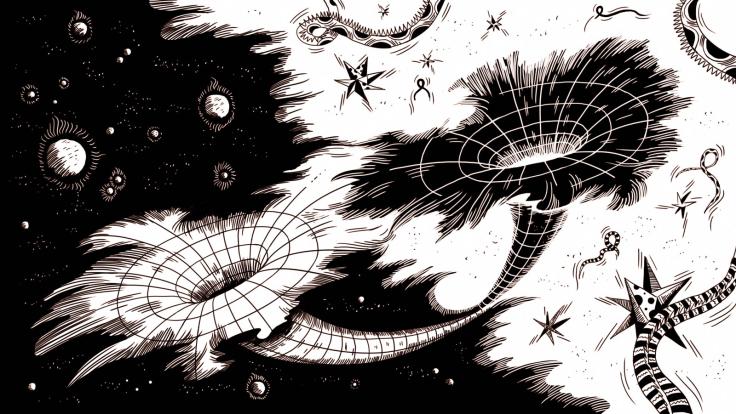In 2004, when discussion began around a proposed experiment called the Dark Energy Survey, Marcelle Soares-Santos was a 23-year-old with an undergraduate degree. Today, DES’s Dark Energy Camera is starting operations in the Chilean mountains and Soares-Santos, now 32 and a postdoc at Fermilab, is using an algorithm she designed to identify galaxy clusters in DES data.
The timeframe for DES is not unusual in particle-physics experiments, which can take upward of 10, 15 or even 20 years to move from conceptualization to actualization.
“Those who plan future experiments are not necessarily the future experimenters,” says Syracuse University postdoc Jonathan Asaadi.
In addition, the increasingly collaborative nature of big discoveries—finding a Higgs boson, for example, took the work of more than 6000 people—means more students are getting involved in larger experiments than ever before.
To give these talented young scientists a voice in the future of particle physics, Asaadi, Soares-Santos and 11 others organized this year’s Snowmass Young collaboration.
The Snowmass process seeks to identify the field’s most pressing scientific questions and the experiments needed to answer them. Snowmass Young is designed to encourage undergraduate and graduate students, postdocs and early-career, non-tenured scientists to take part.
Through nearly 20 outreach events at national labs and universities, an email campaign and a survey of both young and senior physicists, Asaadi and his colleagues reached about 1000 untenured particle physicists. The great majority, Asaadi says, are excited about their futures in particle physics and would encourage others to pursue a career in the field.
In addition, the collaboration leaders collected information on which of the planned experiments young researchers are most excited about (many!) and the skills they learned in particle physics that have come in use both within and outside of the field (more than they originally realized, including computer programming, data analysis, statistical analysis, oral communication and technical writing).
From this data, the Snowmass Young leaders compiled a white paper detailing the issues, concerns and hopes of the young physicist community and, according to Asaadi, convinced a large number of young researchers of the importance of helping to plan the field’s future.
Getting young people involved will lead to an even broader consensus around the path forward, Soares-Santos says. The Snowmass Young effort, she continues, also shows that particle physics is “flourishing with young people who are going to have the energy and intensity to push the field forward for decades to come.”








